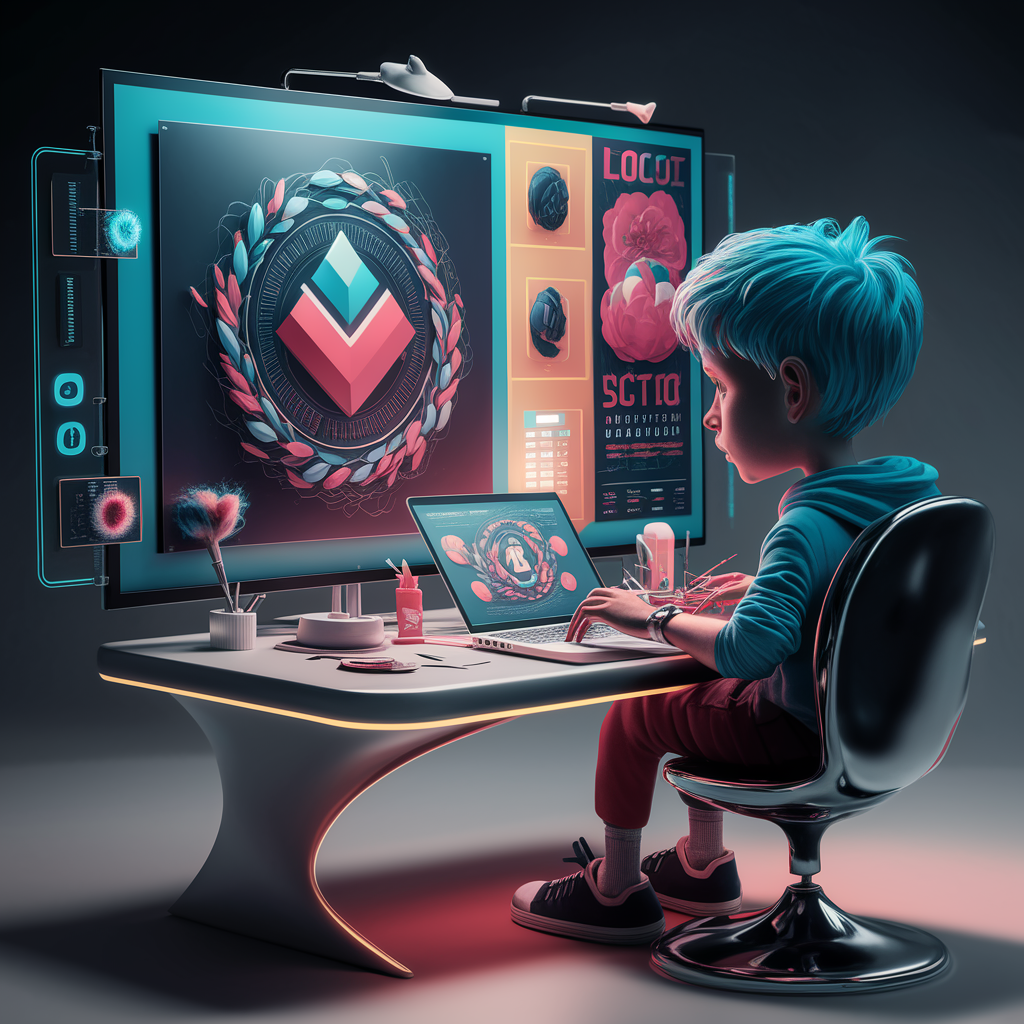The increasing prominence of artificial intelligence (AI).AI in Creative Arts has captivated us as students studying the relationship between technology and creativity. We hope to share our thoughts and observations about how AI is affecting different artistic disciplines in this piece.
The use of AI in the creative process has generated a lot of discussion and controversy. Many regard it, on the one hand, as a groundbreaking instrument that may boost and expand human creativity. Large volumes of data may be analysed by AI-powered algorithms, which can also spot trends and produce original concepts that go beyond the bounds of conventional creative expression. The possibilities are limitless, ranging from AI-generated visual art to algorithmic music composition.
What is the role of art and creativity in human society, and how can we measure and understand their impact on our lives?
However, the rise of AI in the creative arts has also sparked concerns about the potential displacement of human artists and the authenticity of AI-generated works. Some argue that the use of AI undermines the inherent value of human creativity and expression, reducing art to a mere computational exercise. There are also ethical considerations around issues such as intellectual property rights and the potential for AI to perpetuate biases and stereotypes.
Despite these challenges, we believe that the integration of AI in the creative arts presents exciting opportunities for artists, designers, and creative professionals. By embracing AI as a collaborative tool, rather than a replacement for human creativity, we can unlock new avenues for innovation and experimentation. One area where AI has already made significant strides is in the field of generative art. AI-powered algorithms can generate unique, visually stunning artworks by processing and recombining vast datasets of existing art, music, and literature.
This has led to the emergence of a new generation of digital artists who collaborate with AI systems to create truly remarkable and thought-provoking works. Similarly, in the realm of music composition, AI algorithms can analyze the structure and patterns of musical pieces, and then generate new compositions that mimic or subvert established genres and styles. This has the potential to revolutionize the way we approach music creation, opening up new possibilities for collaboration between human composers and AI systems. Furthermore, AI is being leveraged in the field of design, where it can assist in the ideation, prototyping, and optimization of products and user experiences.
By automating certain tasks and providing data-driven insights, AI can help designers focus on the more conceptual and creative aspects of their work, ultimately leading to more innovative and user-centric designs. Conclusion As we continue to explore the intersection of AI and the creative arts, it is essential that we approach this integration with a critical and nuanced perspective. While the potential benefits of AI in creative disciplines are undeniable, we must also be mindful of the ethical and societal implications of this technological advancement.
As students, we believe that the key to harnessing the power of AI in the creative arts lies in fostering a collaborative and interdisciplinary approach. By working closely with AI researchers, computer scientists, and fellow artists, we can develop a deeper understanding of the capabilities and limitations of these technologies, and find ways to harness them in service of our creative visions. Ultimately, the integration of AI in the creative arts is not a zero-sum game. By embracing the unique strengths of both human and artificial intelligence, we can unlock new frontiers of artistic expression and push the boundaries of what is possible in the creative realm.
The integration of AI into the creative arts is a transformative movement that is redefining the boundaries of artistic expression. It challenges our preconceived notions of creativity and compels us to reconsider the relationship between humans and machines. As we navigate this new landscape, we must foster a symbiotic relationship between AI and artists, ensuring that technology serves to amplify human creativity rather than diminish it. The dawn of this new renaissance is upon us, and it promises a future where art is more accessible, diverse, and dynamic than ever before. In this future, AI is not a replacement for the human artist but a partner in the dance of creation, a testament to the enduring power of human ingenuity and the limitless potential of the imagination.

